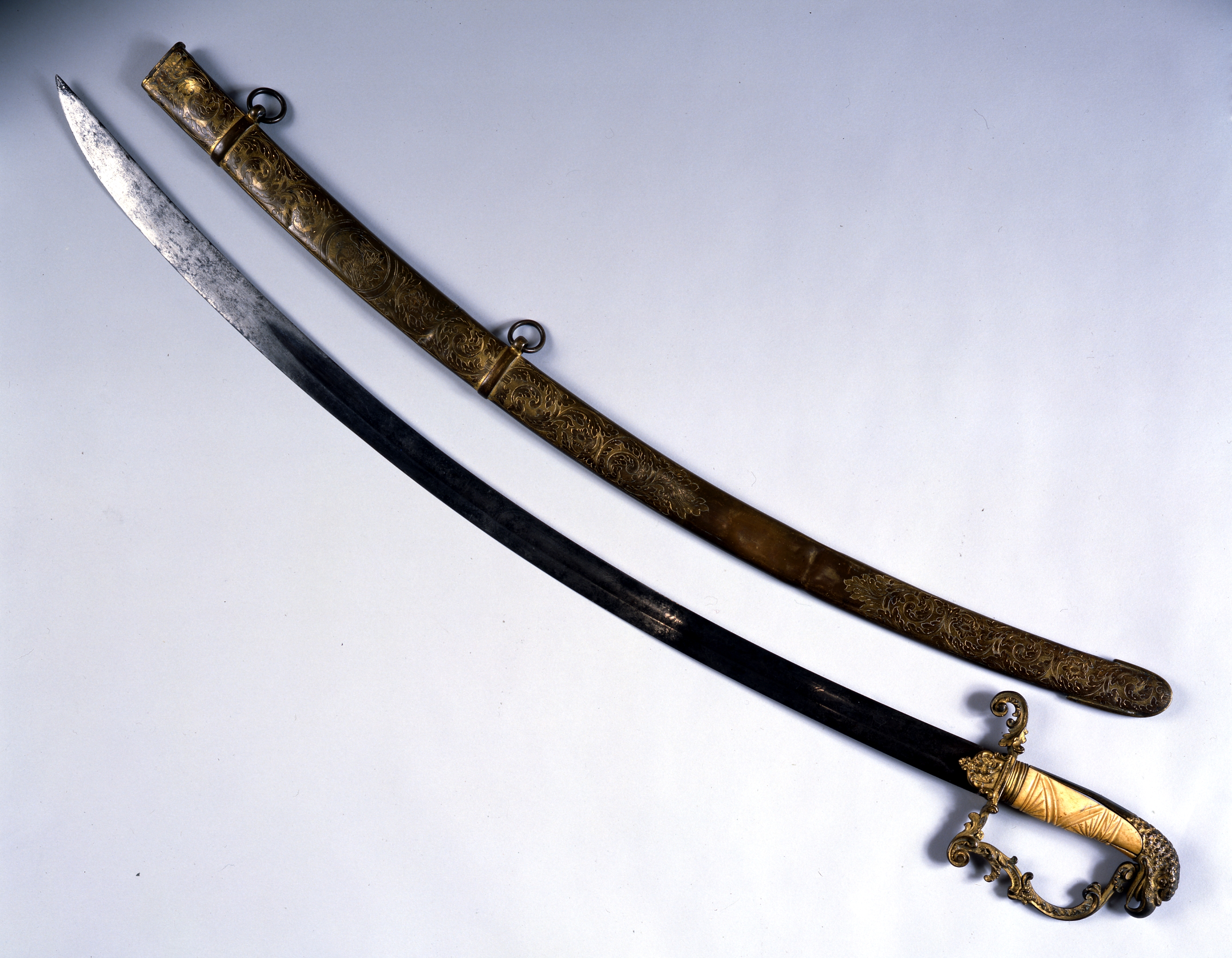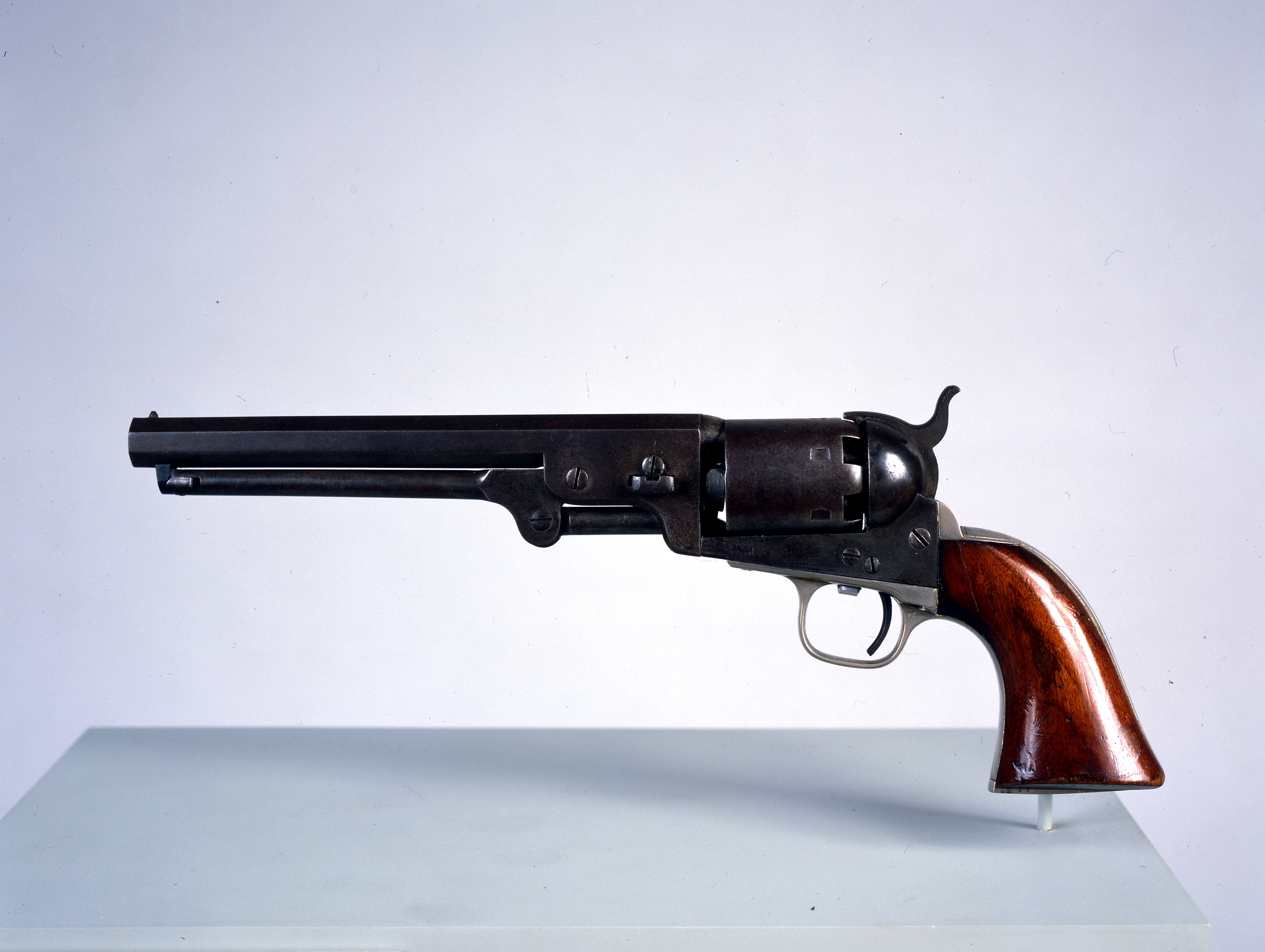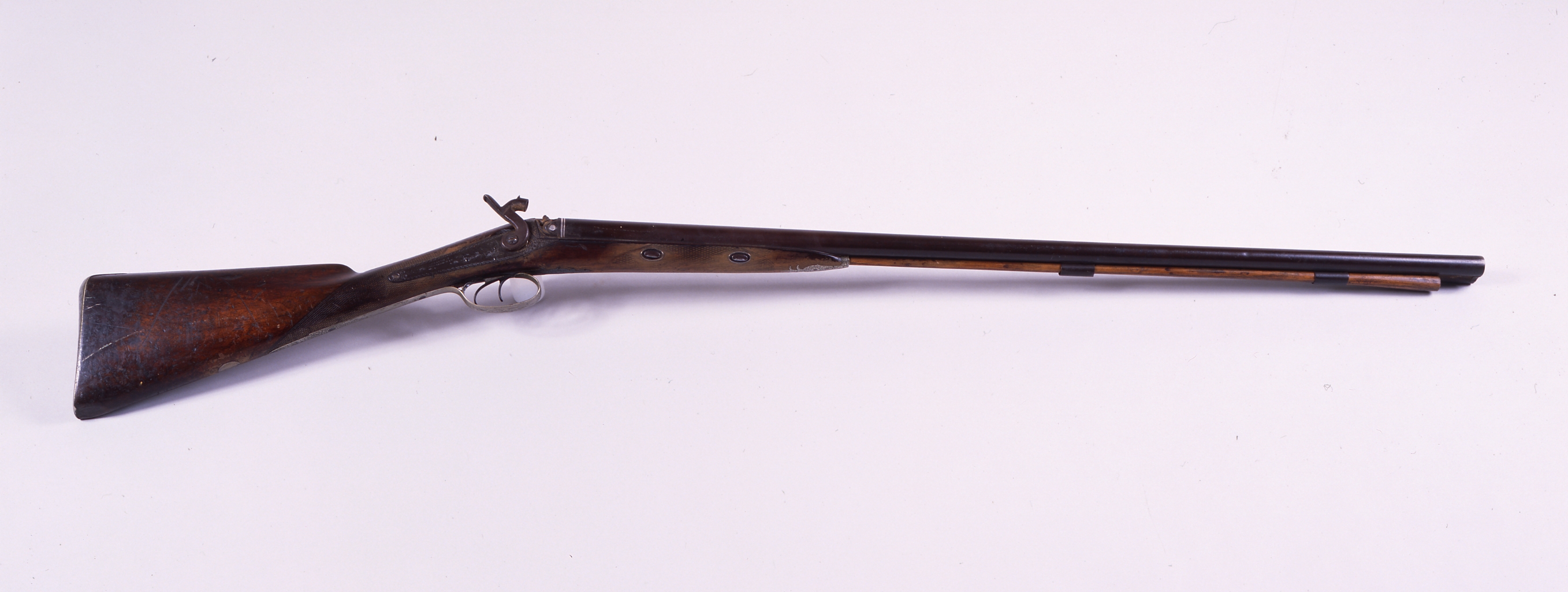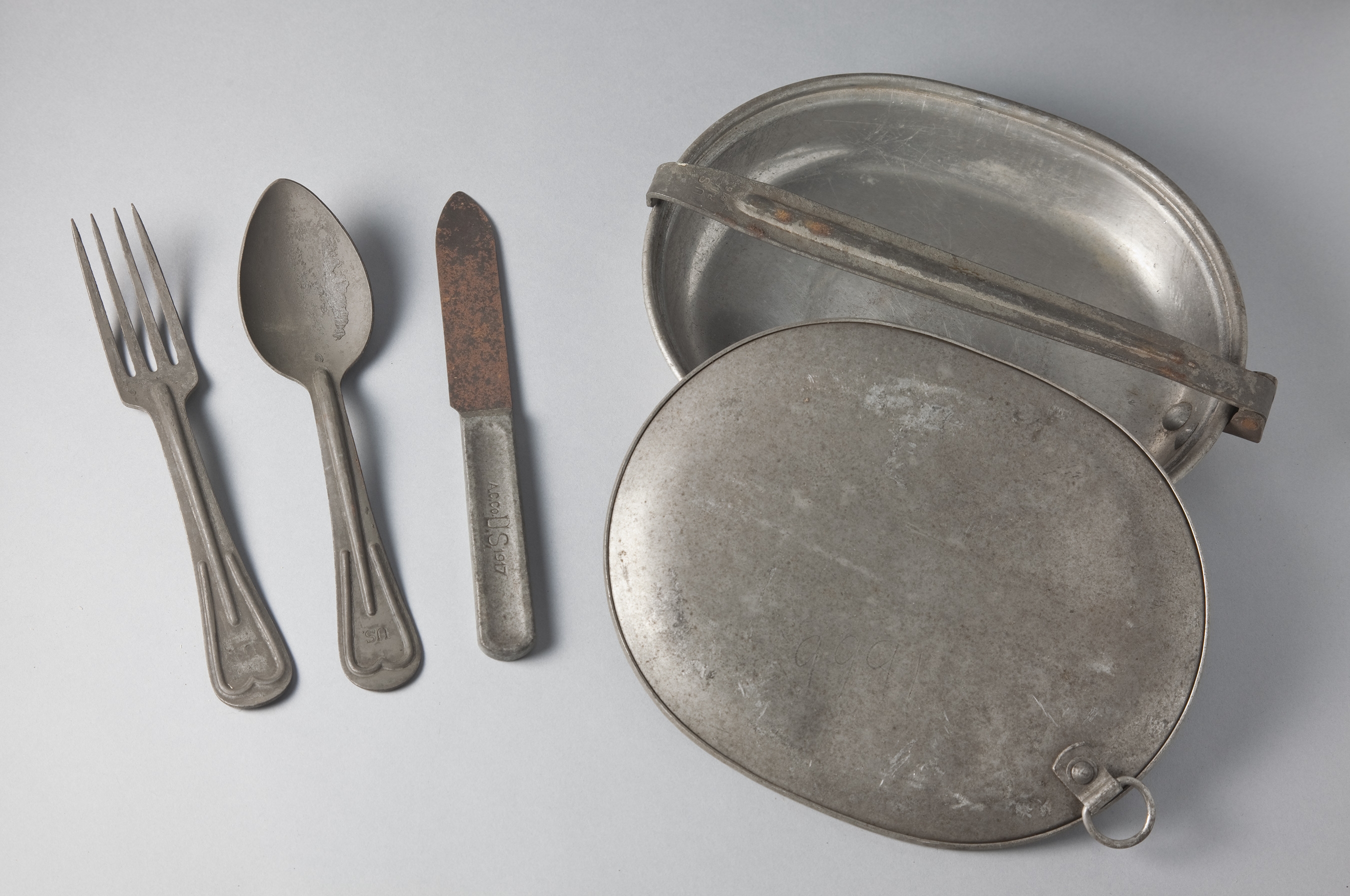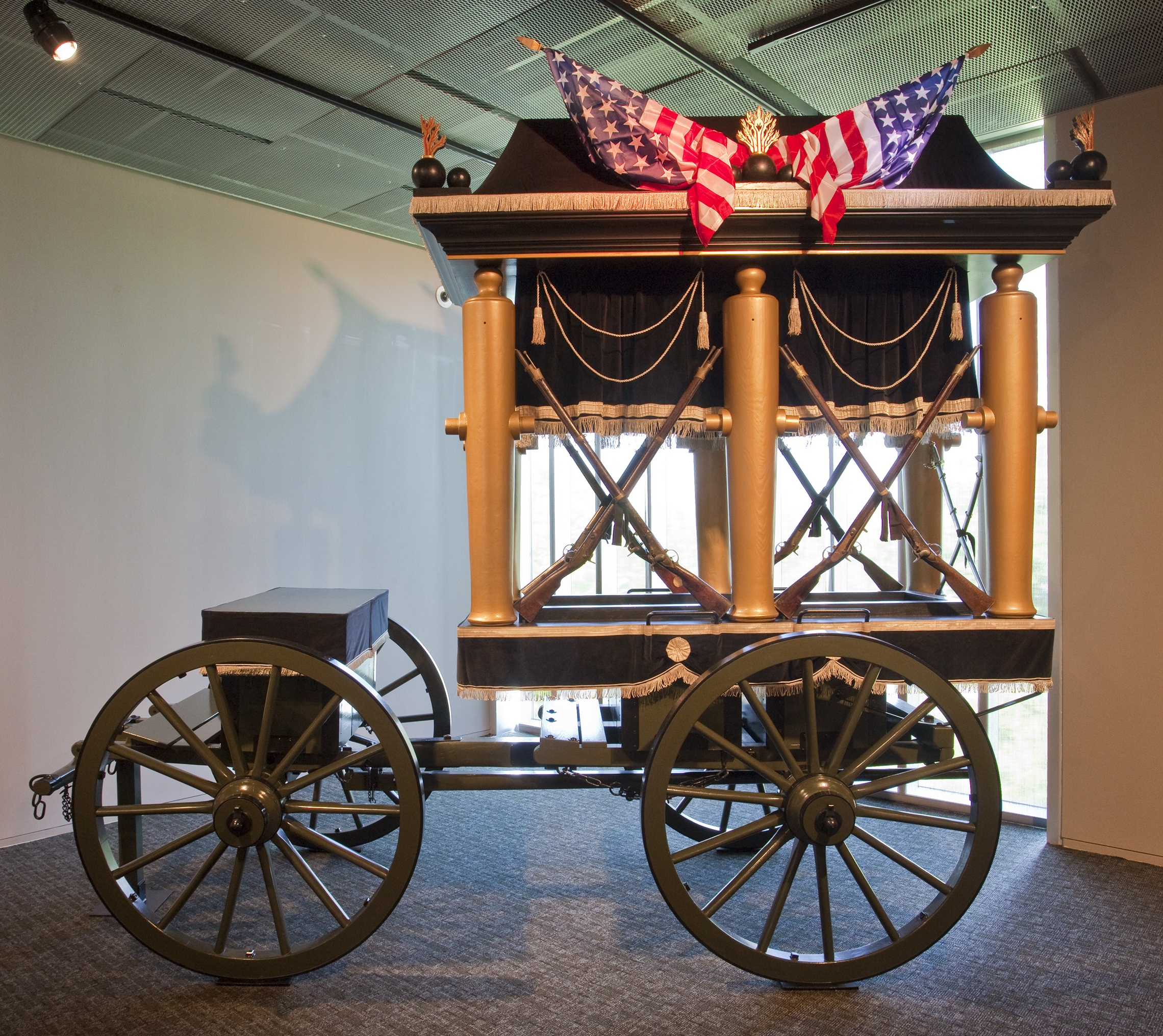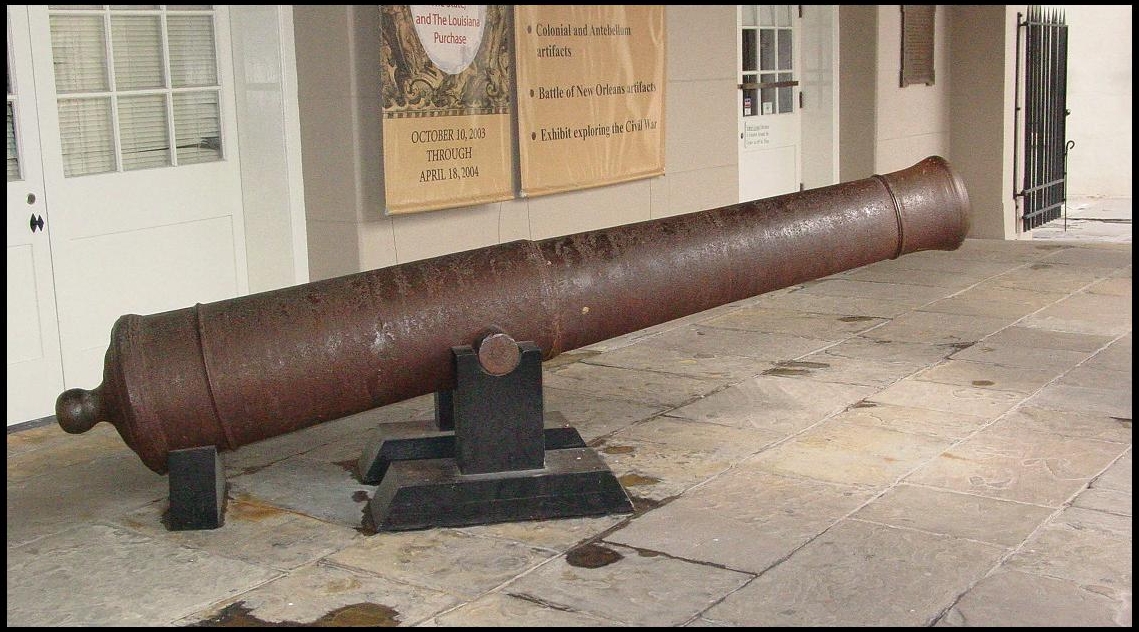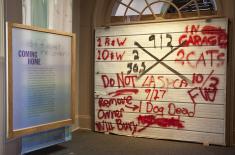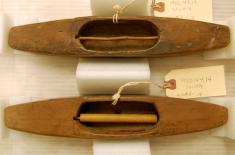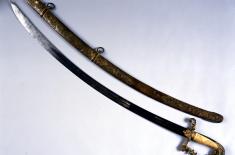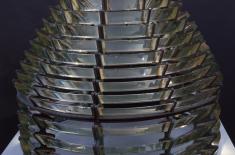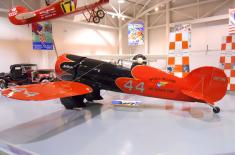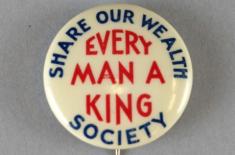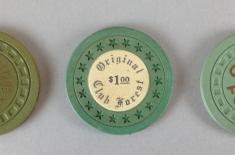Armament & Protection in the Science & Technology Collection
The Louisiana State Museum maintains a substantial collection of Louisiana and non-Louisiana-related edged weapons, firearms, and regulative and protective devices. While some are important merely because of their technical attributions, others have an association with important Louisiana military battles, individuals, or places used.
Edged Weapons
The edged weapon collection contains over 200 items. Prominent makers of American swords included in the collection are:
- Sheble & Fisher
- Horstmann & Sons
- N. P. Ames Co.
- Dufilho
- Horsler Solingen
- Wilkinson Sword Co.
- Thomas Griswold & Co. of New Orleans
War of 1812 and the Battle of New Orleans
Swords include those of Francois Bonaventure Alpuente, Jacques Philippe Villere, and Lieutenant Hugh Hector McLean, a British officer who served during the Battle of New Orleans.
Civil War
Swords include a light artillery saber commonly used by men on both sides of the war and a saber used by President Benjamin Harrison when he was a General in the war.
Mexican-American War
Of particular note in the edged weapons collection is a sword carried by Zachary Taylor in the Mexican-American War.
Firearms
The firearms collection consists of over 200 items from late eighteenth-century French pistols to World War II semiautomatic weapons. Many of these items date from the nineteenth century and were used in either the Battle of New Orleans or the Civil War. Manufacturers represented include:
- Smith & Wesson
- A. Waters
- Le Faucheaux
- Allen & Wheelock
- Manhattan Arms Co.
- Derringer
- Remington
- Lewis & Jones
- Metropolitan Arms Co.
The collection has several Potsdam rifles that were used extensively in the Civil War, including those used on the catafalque of Jefferson Davis. Also included under the armament classification are German, Austrian, French, American, and Japanese firearms, neutralized ammunition, mess kits, and other military artifacts representing World War I and II. Sporting guns used for hunting and target shooting are also prominent in the firearms collection. Of particular note in this collection are General P. G. T. Beauregard’s Colt pistol and the Winchester rifle of Reconstruction Governor Henry Warmouth.
Artillery
Spanish Cannon
This long cannon was originally mounted at Fort St. John (known as "Spanish Fort"). It was used in the American defenses at the Battle of New Orleans in 1815 and then once again defended the city against Admiral Farragut's fleet in 1862. It was sunk in Bayou St. John after the city's capture but was raised in 1872 in order to return it to Spanish Fort as a display piece.
"Napoleon" 12-Pounder
This bronze cannon is one of a lot of 100 light, 12-pound, bronze guns manufactured by H.N. Hooper & Co., Boston, Massachusetts in 1863-64, for the United States Government. Cannons of this type and caliber were generally referred to as "Napoleon guns," and were introduced into American artillery shortly before the outbreak of the Civil War. On September 14, 1874, when the Crescent City White League staged an uprising in New Orleans, this cannon was in front of the Cabildo and was used by the Metropolitan Police in the Battle of Liberty Place.
Battle of New Orleans Cannon
This 4-pounder gun is thought to be French-made and sits on a reproduced naval carriage. It is believed to have been used on the left American line in Battery Number 6 or 7 during the Battle of New Orleans.
